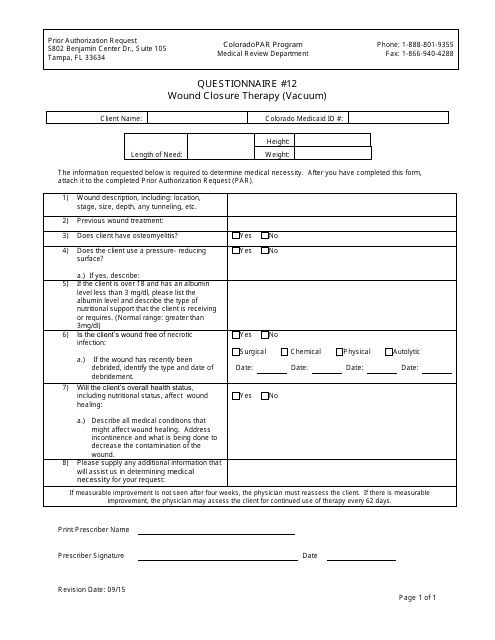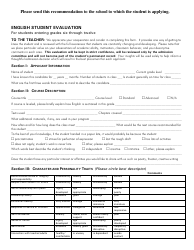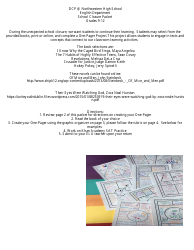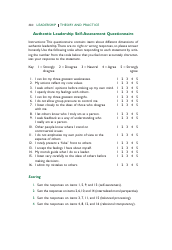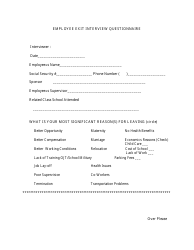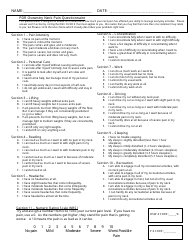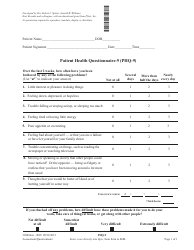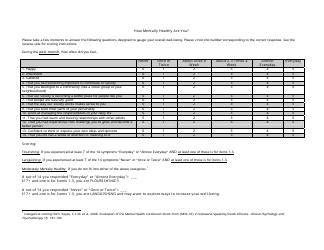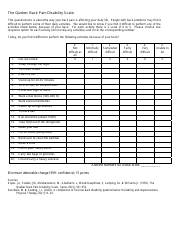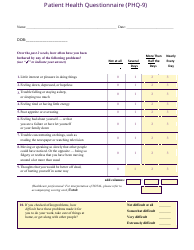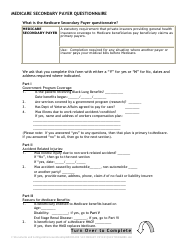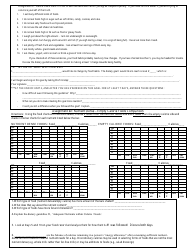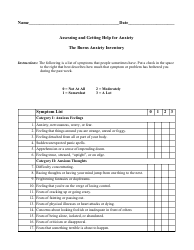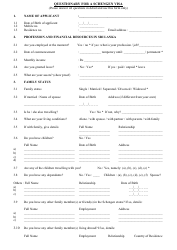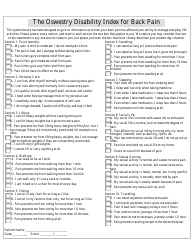This version of the form is not currently in use and is provided for reference only. Download this version of
the document
for the current year.
Questionnaire #12 - Wound Closure Therapy (Vacuum) - Colorado
Questionnaire #12 - Wound Closure Therapy (Vacuum) is a legal document that was released by the Colorado Department of Health Care Policy and Financing - a government authority operating within Colorado.
FAQ
Q: What is wound closure therapy?
A: Wound closure therapy is a treatment method used to help heal wounds by applying negative pressure to the wound site.
Q: What is vacuum-assisted closure (VAC) therapy?
A: Vacuum-assisted closure (VAC) therapy is a specific type of wound closure therapy that uses negative pressure to promote wound healing.
Q: How does vacuum-assisted closure (VAC) therapy work?
A: VAC therapy works by applying negative pressure to the wound, which helps to remove excess fluid and promote the growth of healthy tissue.
Q: What types of wounds can be treated with vacuum-assisted closure (VAC) therapy?
A: VAC therapy can be used to treat a variety of wounds, including surgical wounds, pressure ulcers, diabetic foot ulcers, and traumatic wounds.
Q: What are the benefits of vacuum-assisted closure (VAC) therapy?
A: Some benefits of VAC therapy include faster wound healing, reduced risk of infection, and improved wound closure outcomes.
Q: Is vacuum-assisted closure (VAC) therapy painful?
A: VAC therapy may cause some discomfort during the initial application, but the negative pressure is adjustable to ensure patient comfort.
Q: Is vacuum-assisted closure (VAC) therapy covered by insurance?
A: Coverage for VAC therapy may vary depending on the individual insurance plan. It is best to contact the insurance provider for specific coverage details.
Q: Are there any alternatives to vacuum-assisted closure (VAC) therapy?
A: Yes, there are alternative wound closure therapies available, such as traditional wound dressings and sutures. The choice of therapy depends on the individual wound and medical condition.
Q: What should I do if I think I may benefit from vacuum-assisted closure (VAC) therapy?
A: If you believe you may benefit from VAC therapy, it is recommended to consult with a healthcare professional who can assess your wound and determine the most appropriate treatment plan.
Form Details:
- Released on September 1, 2015;
- The latest edition currently provided by the Colorado Department of Health Care Policy and Financing;
- Ready to use and print;
- Easy to customize;
- Compatible with most PDF-viewing applications;
- Fill out the form in our online filing application.
Download a printable version of the form by clicking the link below or browse more documents and templates provided by the Colorado Department of Health Care Policy and Financing.
